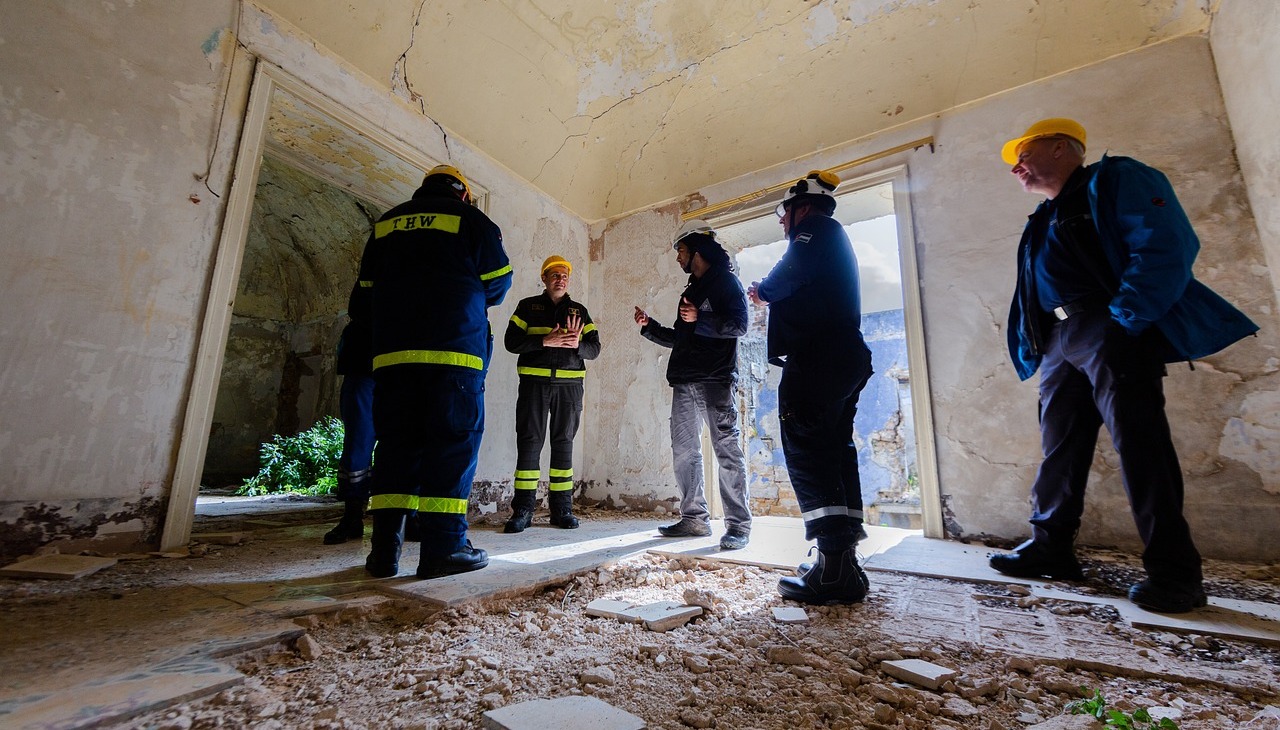
Hurricane season is on: Amazon provides 2.4 million items for donation
The tech giant makes use of its infrastructure to respond to natural disasters and humanitarian crises.
Amazon recently announced that it has significantly expanded the capacity of its Disaster Relief Hub in Atlanta by placing 2.4 million relief items for the 2023 hurricane season, which officially kicked off on June 1.
Items will be distributed after natural disasters to non-profit organizations and other relief partners who quickly respond to the needs of communities affected by hurricanes or other catastrophes.
Abe Díaz, head of Amazon Disaster Relief, said in a press release:
Since 2017, we’ve responded to more than 100 natural disasters and humanitarian crises in the U.S. and across the world.
Anticipating Disaster
Highlighting the donation of more than 23 million relief items in various crises around the planet, Amazon already stocks the most needed relief products in a special facility in Atlanta for rapid deployment in disaster-affected communities in partnership with American Red Cross, Save the Children, World Central Kitchen, and other non-profit organizations.
The Disaster Relief Hub is a dedicated space within Amazon's global logistics network for quickly storing and packing the items most needed after damaging storms and other emergencies.
“As natural disasters increase in frequency and severity, we’re expanding our Disaster Relief Hub in Atlanta, allowing us to deliver more items in less time during this year’s hurricane season,” added Díaz.
According to Amazon figures, more than 80% of the items needed are the same after each natural event.
Some of the most frequently requested products include diapers, tarps, cots, blankets, heaters, tents, lights and solar chargers, as well as cleaning supplies.
“We’ve donated more than 23 million relief items, and we’ve mobilized our teams and used our logistics capabilities to help communities in need—from flying two cargo planes to Türkiye after the recent earthquakes to setting up two humanitarian hubs in just 10 days to help Ukrainian refugees,” highlighted Díaz.
Technology at the Service of Disaster Recovery
Amazon Web Services (AWS) says it is helping organizations use the power of cloud computing to improve disaster response.
Among others, AWS is working with the American Red Cross to better serve communities by innovating cloud computing-enabled solutions, including powering Alexa-enabled devices to receive hurricane alerts and schedule blood donations.
RELATED CONTENT
“We are extremely grateful for our collaboration with Amazon. During times of disaster, companies like Amazon enable the American Red Cross to carry out our mission and serve those in need. As we start another hurricane season, it is critical we have stocked warehouses and relief supplies to help at a moment’s notice,” pointed out Dee Dixon, regional chief executive officer of the American Red Cross of Georgia.
THANK YOU, @amazon for announcing the prepositioning of 2.4 million relief items in its Union City Atlanta Disaster Relief Hub as the 2023 #hurricaneseason officially begins today, June 1.
— Red Cross of Georgia (@GARedCross) June 1, 2023
The items will be distributed to aid partners (including the Red Cross). pic.twitter.com/6I6lZXFo2c
It also has a dedicated disaster response team that helps standby partners, including relief organizations and nonprofits, prepare for and respond to global disasters with the cloud.
This includes proof of concepts and fine-tuning of existing innovations under simulated disaster conditions, supported by AWS disaster response vehicles.
These vehicles are enabled with technology like AWS Snowball Edge appliances, which are powerful and portable cloud computing appliances designed for resilient deployments in the harshest physical environments.
AWS says it has used cloud technology to help standby partners with mapping and damage assessment of hardest-hit areas, restoring internet connectivity, and expanding call centers to handle increased applications after a disaster.
The team also provides computing resources for response organizations in the field to process information on site, allowing them to make faster decisions about where to focus response efforts.
Amazon stresses that in the last 18 months it has responded to major disasters and humanitarian crises around the world, including the Russian invasion of Ukraine, Hurricane Fiona in Puerto Rico and Hurricane Ian in Florida, the earthquake in Turkey and Syria, as well as tornadoes, wildfires and floods.
To learn more click here.











LEAVE A COMMENT: